By Ken Miyamoto from ScreenCraft · June 26, 2024
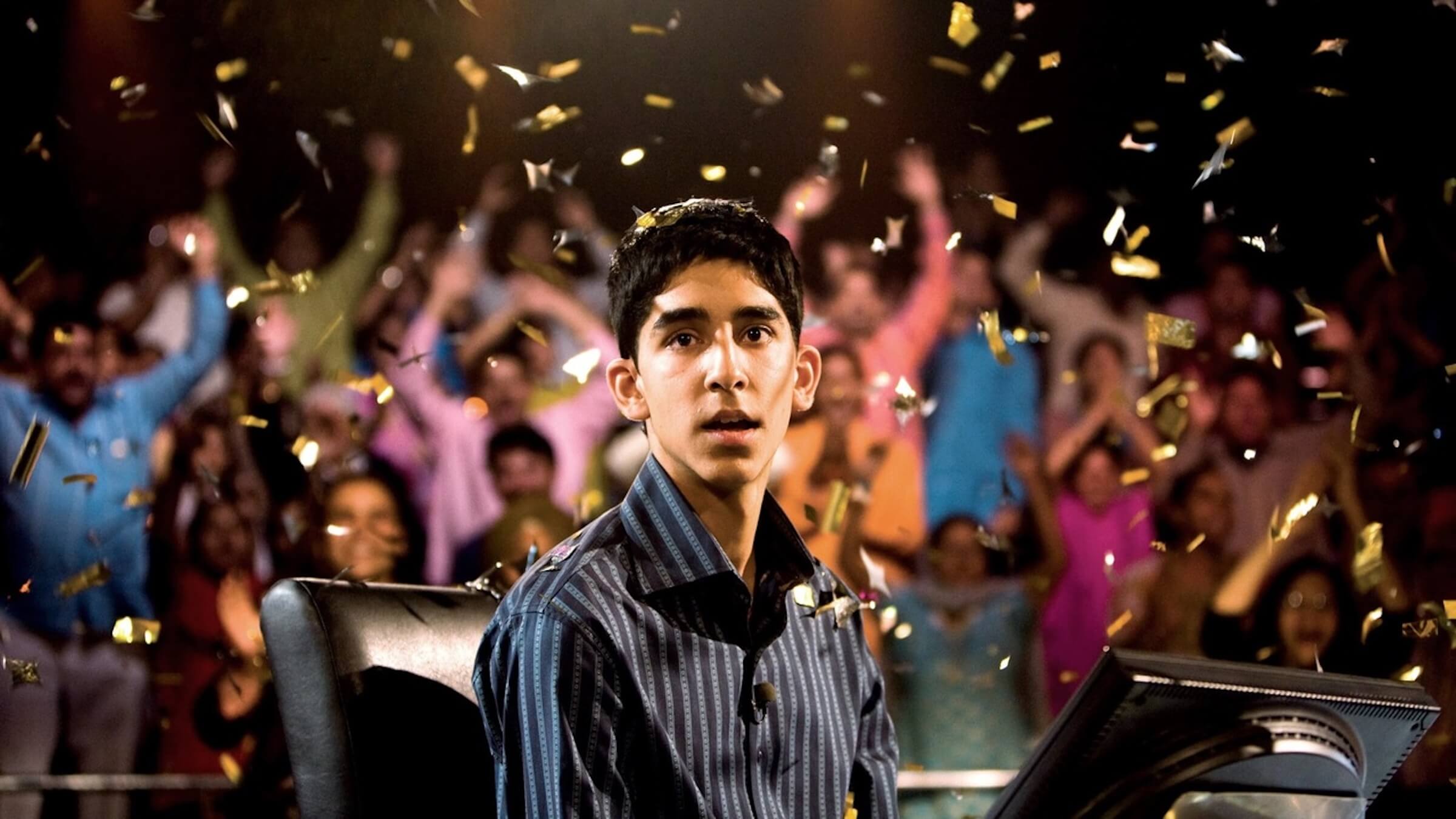
The flashback can be a powerful storytelling tool for television series and movies. But they can also be an unnecessary crutch in your writing when used primarily for expositional purposes.
You’ll often read screenwriting advice that says flashbacks shouldn’t be utilized. The reason a lot of pundits—and professionals—share that advice is because they have read so many screenplays from novice screenwriters who don’t use flashbacks correctly. But that doesn’t mean flashbacks are inherently bad. It just means that flashbacks are poorly being used most of the time.
With that in mind, here we will delve into the storytelling tool of flashbacks, sharing what these tools should and shouldn’t be used for, and how to use them well.
A flashback is a scene that takes the audience back in time from the current point in the story. They can be a single scene or a series of scenes that interrupt the chronological flow of the narrative.
Flashbacks are a narrative device used to provide background information on characters, events, or situations that are pivotal to the current storyline. They can also be utilized to remind the audience of key story information. And, sometimes, flashbacks showcase the visual representation of a character’s realization or memory of a past moment.
Flashbacks can serve several different purposes in a television series or a movie. Here are some of the most popular (and best ways to use) flashbacks in your screenplay:
Flashbacks can reveal a character’s past, offering insight into their motivations, fears, and desires. Understanding a character’s history can make their actions and decisions in the present more relatable and impactful. However, you need to make sure you’re not using flashbacks as character development in an overly convenient way.
For example, if a character is being forced to fight someone to get out of a bad situation, you shouldn’t suddenly cut to a flashback that shows them taking martial arts classes for the sole purpose of explaining how they know what they know as they take out the threat with skill. It’s unnecessary and can flaw the pacing of the script and scene.
Sometimes, crucial plot points or secrets can be hidden in a character’s past. Flashbacks can gradually unveil these elements, creating suspense and intrigue.
By going from past to present (and vice versa), flashbacks can highlight themes such as growth, redemption, or the nature of life. These types of thematic flashbacks can offer a deeper exploration of the story’s message.
A well-placed flashback can evoke strong emotions, connecting the audience to the characters on a more profound level. It’s a way to show rather than tell, making the audience feel the weight of past events.
Flashbacks can be part of your style and story structure, both of which create a visual effect in this visual medium we call television and film.
Read More: Ten Screenplay Structures Screenwriters Can Use
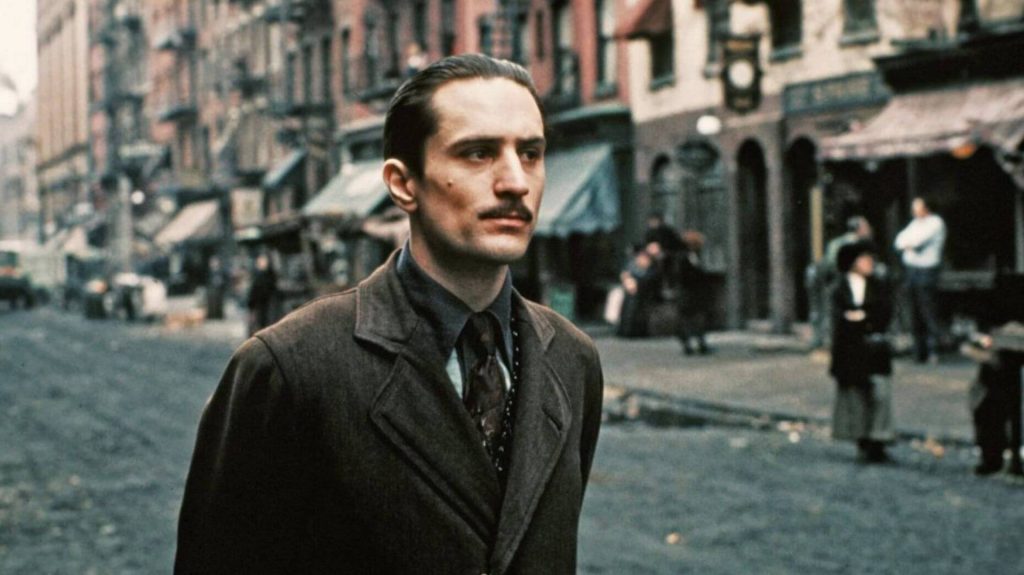
‘The Godfather Part II’ (1974)
Make sure that the flashback serves a clear purpose in the story. Ask yourself, “What does this flashback add to the narrative?”
If it doesn’t reveal essential information or enhance the story, reconsider even using it. Remember, don’t use it as a crutch or for bad exposition dumps.
Read More: Three Ways to Write Good Exposition in Your Scripts
You will always need to transition smoothly into the flashback. Use visual or auditory cues like a character’s reflective look, a specific sound, or a match cut to signal the shift. Avoid jarring or abrupt transitions that can confuse the audience.
It really does help to make sure the flashbacks are part of the story structure you’ve chosen. A perfect example is the TV series Lost (2004-2010). That series excelled at using flashbacks to reveal the past lives of those survivors left on the island. The flashbacks coincided with the characters’ present plights.
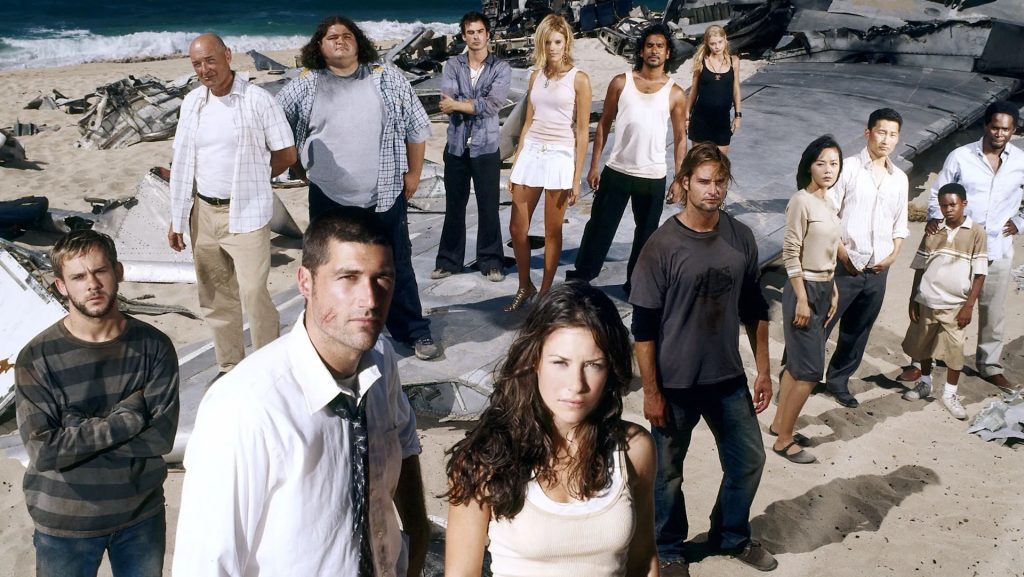
‘Lost’ (2004-2010)
You need to make sure you are clearly distinguishing the flashback from the present timeline. In filmmaking, this can be achieved through changes in lighting, color grading, or aspect ratio.
However, in screenwriting, you don’t often have the freedom to make those creative camera choices. So, instead, you use the format (see below). You can also use a superimposed title card indicating the time period.
Flashbacks should be brief and to the point. They are not meant to overshadow the main narrative but to complement it. Avoid lengthy detours that disrupt the story’s pacing, unless you’ve established flashbacks as part of your story structure.
It’s a visual medium. Always think visually when writing. You do this by connecting the flashback to the present moment. There should be a direct correlation between what’s happening now and what happened then. This connection can be thematic, emotional, visual, or plot-driven.
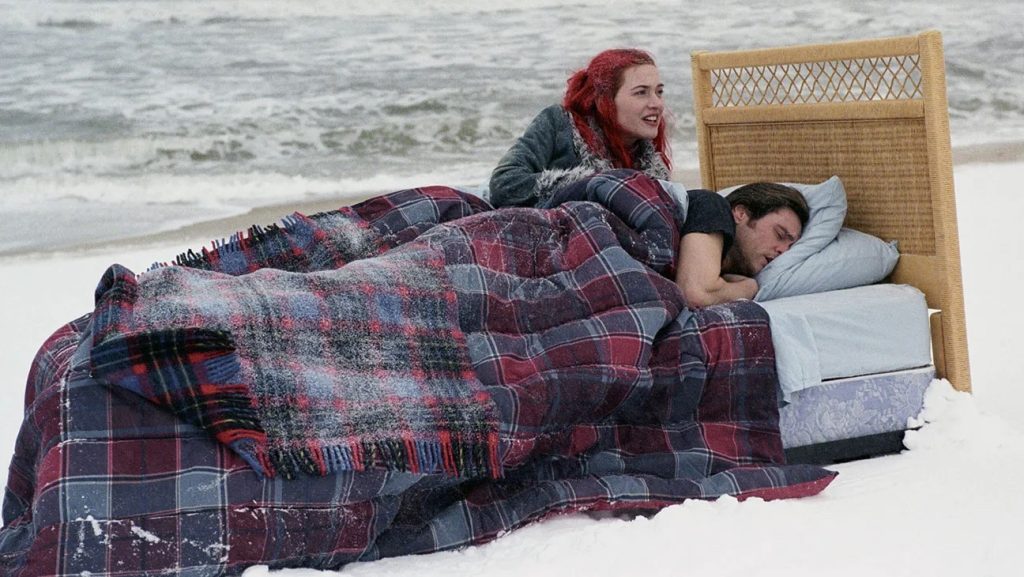
‘Eternal Sunshine of the Spotless Mind’ (2004)
Here are some general helpful tips you can use to write flashbacks in your screenplays. (It’s actually easier than it sounds.)
The first thing you want to do is inform the script reader that they are about to shift to a flashback.
In the slugline, simply write: FLASHBACK SEQUENCE:
Pros often put that in bold, and sometimes italics, so they stick out and differentiate between past and present time frames within the story. Everything that follows FLASHBACK SEQUENCE is a flashback until otherwise communicated that the flashback has ended (see below).
Even though you’re in a flashback sequence, the format stays the same, with the same formatting expectations. You use:
One possible addition to the formatting could be having everything in italics. If you put every element of the flashback sequence in italics, that helps to differentiate the sequence from the rest of the script.
You’re in charge. Just tell us what we’re seeing and why we are seeing it. It can be very helpful to copy and paste the location headings, scene descriptions, and dialogue (if any) from any scene you’re flashing back to that we’ve seen already.
You can also update and rewrite those elements (primarily the scene description) to convey why we are flashing back to his moment.
This type of flashback is a story element that likely hasn’t been used in the script thus far. Title cards help to establish the fact that we are flashing back in time.
Just like you need to tell the script reader when a flashback starts, we also need to know when it ends as well. You can accomplish this by simply typing: END FLASHBACK SEQUENCE
Then, what follows is your next location ending indicating a new scene.
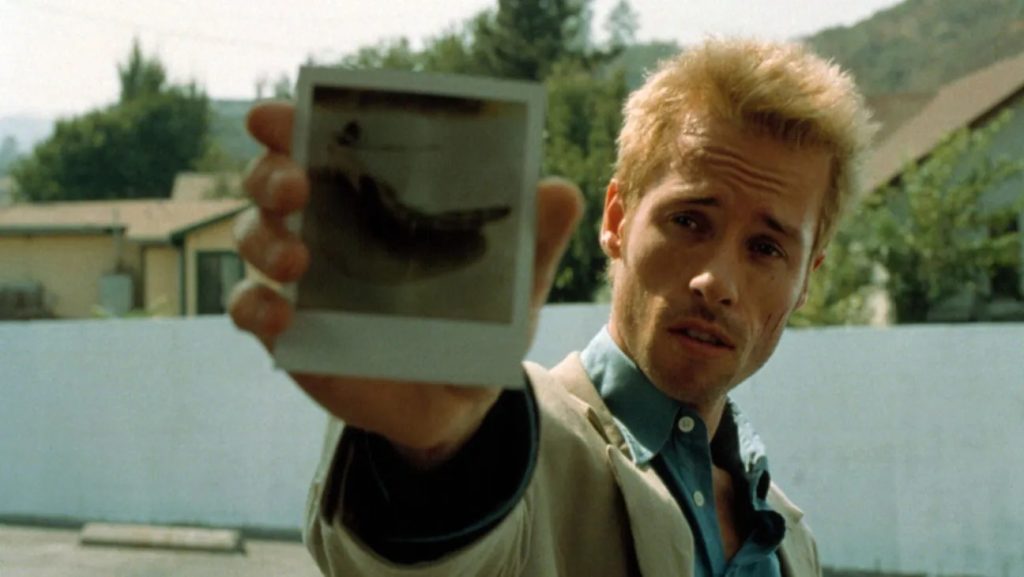
‘Memento’ (2001)
—
Flashbacks, when used with purpose, can elevate your screenplay by adding depth and complexity. They are windows into the past that illuminate the present, enriching your characters and plot.
If you approach flashbacks with intention and precision, they can become a seamless part of your storytelling toolkit. Feel free to use them—but use them wisely.
Read More: Script Format: The Essential Elements of a Screenplay
Ken Miyamoto has worked in the film industry for nearly two decades, most notably as a studio liaison for Sony Studios and then as a script reader and story analyst for Sony Pictures.
He has many studio meetings under his belt as a produced screenwriter, meeting with the likes of Sony, Dreamworks, Universal, Disney, Warner Brothers, as well as many production and management companies. He has had a previous development deal with Lionsgate, as well as multiple writing assignments, including the produced miniseries Blackout, starring Anne Heche, Sean Patrick Flanery, Billy Zane, James Brolin, Haylie Duff, Brian Bloom, Eric La Salle, and Bruce Boxleitner, the feature thriller Hunter’s Creed, and many Lifetime thrillers. Follow Ken on Twitter @KenMovies and Instagram @KenMovies76